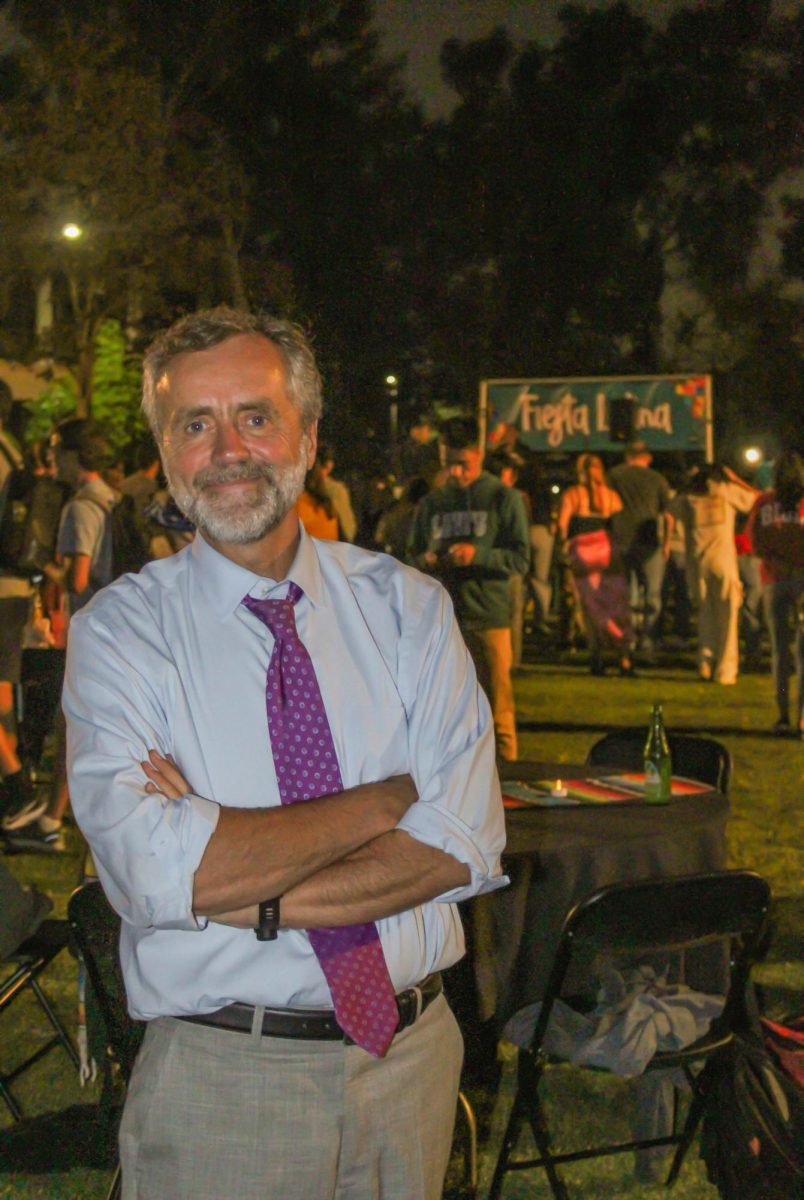The #MarchForOurLives and the raging debate over guns in America in the aftermath of the Parkland school shooting have led to many calls for “common sense” gun reform. This “common sense” gun reform consists of banning “assault rifles” like the AR-15. There are two weaknesses to this solution, at least in regards to the Parkland shooting. We must evaluate these weaknesses and seek common sense reform.
THE CONSEQUENCES OF FAILURE
Many gun-control activists are using words like “assault rifle” and “military style weapon,” but fail to clearly define what these terms mean. The reform these activists pursue appears to be a call for a ban on any gun that looks scary. If this lack of clarity persists, the ban would become subjective to the viewer—or in this case, the lawmaker. Almost all guns available for purchase are semi-automatic, meaning they only shoot one bullet with each pull of the trigger. Fully automatic weapons have been banned for private purchase since the 1980s. There is no difference between a handgun and semi-automatic “assault rifle”—like the AR-15—in this regard.
Instituting more laws and restrictions on guns would have done nothing to stop the Parkland shooting. Multiple red flags were missed or ignored by government authorities. According to CNN, the Broward County Sheriff’s Department received a minimum of 45 calls in regards to the shooter or his brother. CNN states, “Records show that in 2016, a neighbor warned the sheriff’s office of an Instagram post in which Cruz said he ‘planned to shoot up the school.’” The sheriff’s department did nothing. The shooter was also reported to the FBI twice. The laws already in place should have stopped this shooting, but they did not.
The armed school resource officer—a deputy of the sheriff’s department—stood outside while the shooting occurred. His job was to defend the school and the students in an incident like this, but he “never went into the building to engage [the] suspect… during the shooting.” He is now under investigation by the Florida Department of Law Enforcement.
WHAT WE CAN DO
All of this begs the question of what we can actually do. There are a few things that can be done to deter future shootings. The first reform measure that can be pursued is Gun-Violence Restraining Orders. A GVRO is “a local-court order that allows law enforcement to temporarily remove guns from a potential shooter’s home.” It can only be sought by someone in close relationship to the potential suspect. It would require the presentation of clear and convincing evidence to be presented and an opportunity for the suspect to defend themselves. It would also be short term—i.e. 30 days—and could be renewed if the evidence suggests it should. This allows for the removal of guns from shooters while also protecting due process rights and the Second Amendment.
Providing multiple armed security officers on school campuses would also go a long way in deterring shooters. When shooters desire to commit a mass shooting, they look for places of least resistance. They therefore often target gun-free zones. Armed security would deter such shooters from attacking. If an attack does occur, they would also stop the shooting quickly, as seen in Maryland recently.
These are not perfect solutions, but we must take actions toward what can and will begin to deter such horrible shootings. Inaction has never solved anything. We may never be able to completely stop school shootings, but these measures can provide a good start.





